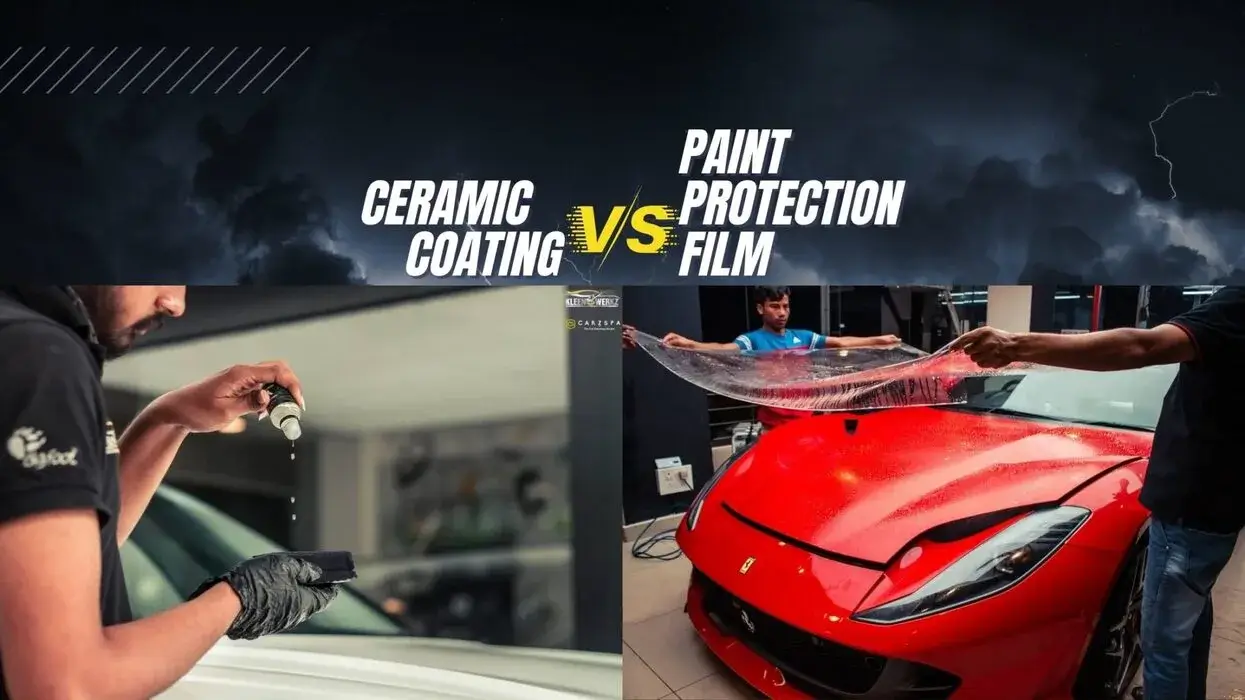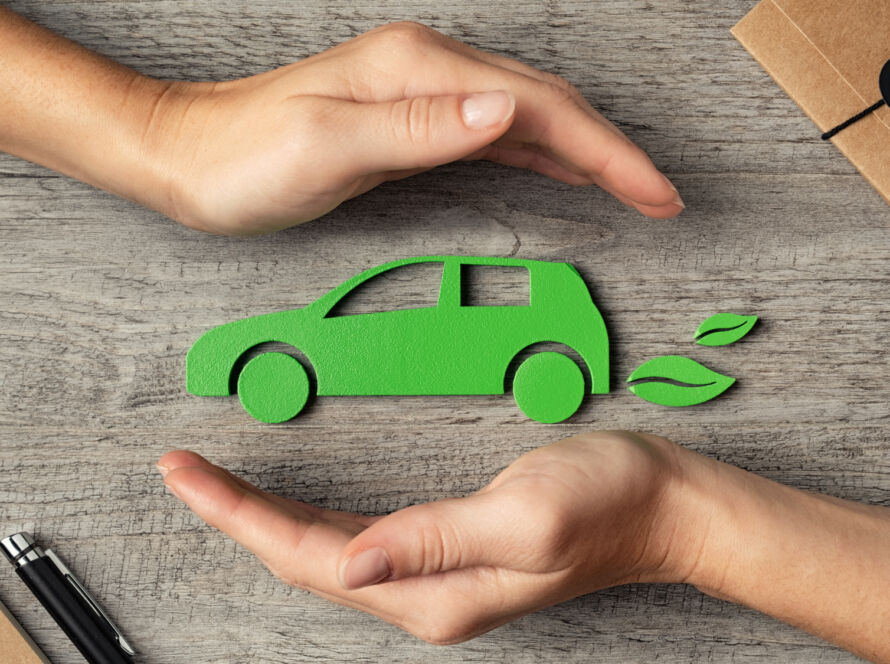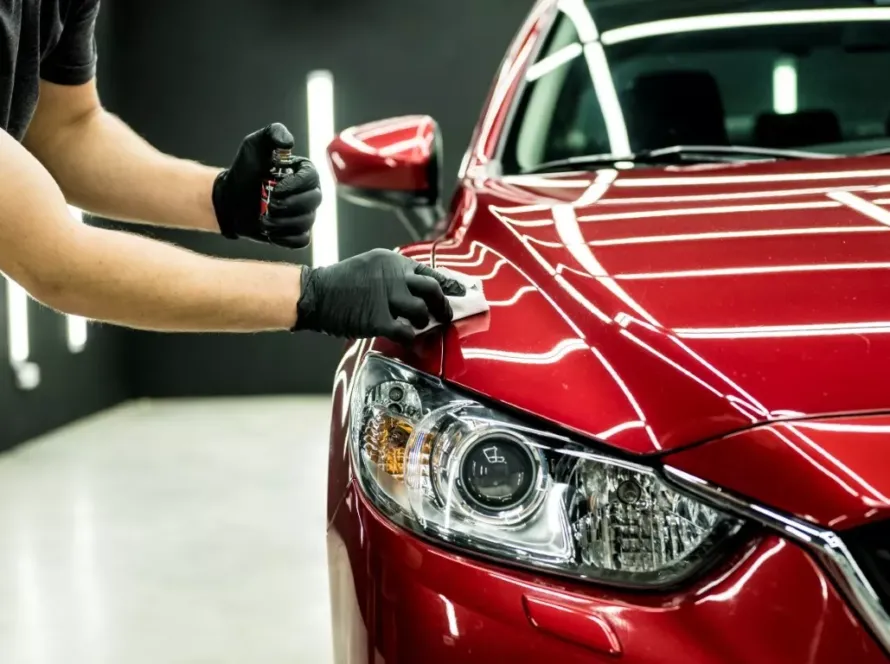Ceramic Coating vs Paint Protection Film (PPF)
When it comes to protecting car paint, two of the most popular options are ceramic coating and paint protection film (PPF). Both protect your vehicle, but they work in very different ways. Understanding the differences helps car owners choose the right protection — or combine both for maximum results.
Industry surveys show that nearly 70% of car owners are unsure whether to choose ceramic coating or PPF, making this one of the most common detailing questions.
What Is Ceramic Coating?
- A liquid polymer that chemically bonds with the clear coat.
- Creates a hydrophobic surface that repels water, dirt, and chemicals.
- Enhances gloss and color depth.
- Lasts 2–5 years or more with proper maintenance.
- Protects against UV rays, oxidation, and light marring.
What Is Paint Protection Film (PPF)?
- A transparent urethane film applied over paint.
- Absorbs impacts from rock chips, road debris, and scratches.
- Some PPF has self-healing properties that repair light marks with heat.
- Typically lasts 5–10 years.
- Focused on physical impact protection rather than gloss.
Ceramic Coating vs PPF: Key Differences
| Feature | Ceramic Coating | Paint Protection Film (PPF) |
| Main Purpose | Chemical resistance, gloss, easy cleaning | Physical impact protection |
| Durability | 2–5 years (multi-layer can last longer) | 5–10 years |
| Protection Against | UV rays, oxidation, water spots, dirt | Rock chips, scratches, road debris |
| Appearance | High-gloss finish | Virtually invisible, may reduce gloss slightly |
| Best Use | Daily drivers, gloss enhancement | High-impact zones (hood, bumper, fenders) |
Should You Choose One or Both?
Many enthusiasts use both together:
- PPF for high-impact areas like the front bumper and hood.
- Ceramic coating for the entire car to boost gloss and add hydrophobic properties.
This layered system offers the best of both worlds — physical impact protection plus long-lasting shine.
Frequently Asked Questions (FAQ)
What’s the difference between ceramic coating and PPF?
Ceramic coating repels water, chemicals, and UV damage, while PPF protects against physical impacts like rock chips and scratches.
Does PPF last longer than ceramic coating?
Yes. PPF typically lasts 5–10 years, while ceramic coatings last 2–5 years.
Which provides better gloss, ceramic coating or PPF?
Ceramic coating enhances gloss and reflection. PPF is nearly invisible but doesn’t add much shine.
Can I apply ceramic coating on top of PPF?
Yes. Many professionals apply ceramic coating over PPF for combined protection and easier cleaning.
Is PPF more expensive than ceramic coating?
Generally, yes. PPF covers fewer areas but costs more due to material and installation complexity.
Does ceramic coating stop rock chips?
No. It resists scratches and chemical damage but does not protect against rock chips. PPF is designed for that.
Does PPF need ceramic coating?
Not required, but ceramic coating enhances gloss and makes PPF easier to clean.
Which is better for daily drivers?
Ceramic coating is often better for overall maintenance and gloss. PPF is ideal for high-impact areas.
Can PPF and ceramic coating be removed?
Yes. PPF can be peeled off. Ceramic coatings wear away naturally but can be polished off if needed.
Is it worth combining PPF and ceramic coating?
Yes. Using both offers maximum protection: PPF for impact resistance and ceramic coating for gloss and hydrophobic benefits.




